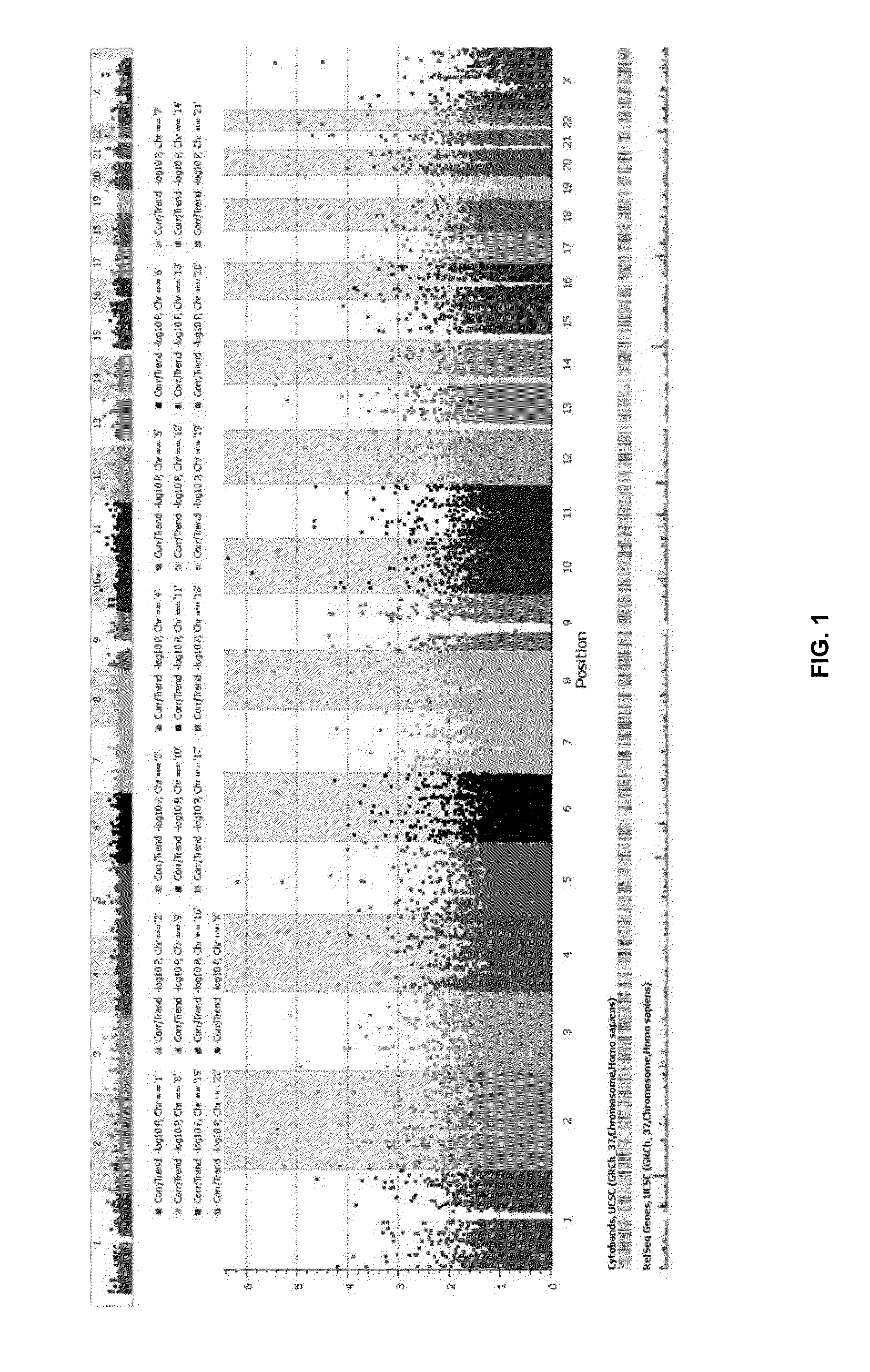Treating female pelvic organ prolapse
- Summary
- Abstract
- Description
- Claims
- Application Information
AI Technical Summary
Benefits of technology
Problems solved by technology
Method used
Image
Examples
example 1
Standardized Robotic Sacrocolpopexy
[0090]A surgical method for treating POP involves extensive dissection in the vesicovaginal and rectovaginal spaces. A pre-formed polypropylene “Y-mesh” can be attached to the full length and width of the anterior vaginal wall (down to the level of the trigone) and to the full length and width of the posterior vaginal wall (down to the level of the perineal body). Using standardized robotic techniques, the surgical cure rates using this technique were 97% at one year, with few failures typically occurring in the distal most anterior or posterior segments.
[0091]But a small group of patients can experience early objective overt failures despite having the extensive procedure described above in the early post-operative period. These failures have not been explained by differing surgical techniques, poor adherence to post-operative restrictions, or complicated peri-operative courses. In other words, the failures in this small group were clinically diff...
example 2
SNP Identification in Subjects With Early Surgical Failure
[0093]The following example shows identification of SNPs associated with risk of failure in female pelvic organ prolapse surgery.
[0094]For the purposes of this study, ‘early overt failure’ was defined to be development of stage III or IV prolapse based on the pelvic organ prolapse quantification system (POP-Q) occurring in more than one compartment within six months of robotic-assisted laparoscopic sacrocolpopexy surgery. The clinical records were reviewed to find any patients who were found to have stage II or greater prolapse after undergoing the standardized robotic sacrocolpopexy with one of two attendings between 2005 and 2013. The medical records of this group were reviewed to identify those patients who required downstream surgical or non-surgical pelvic organ prolapse treatments. Resultant potential cases were then reviewed by urogynecology attendings to select only those patients deemed true clinical outliers.
[0095]1...
PUM
| Property | Measurement | Unit |
|---|---|---|
| Biological properties | aaaaa | aaaaa |
Abstract
Description
Claims
Application Information
 Login to View More
Login to View More - R&D
- Intellectual Property
- Life Sciences
- Materials
- Tech Scout
- Unparalleled Data Quality
- Higher Quality Content
- 60% Fewer Hallucinations
Browse by: Latest US Patents, China's latest patents, Technical Efficacy Thesaurus, Application Domain, Technology Topic, Popular Technical Reports.
© 2025 PatSnap. All rights reserved.Legal|Privacy policy|Modern Slavery Act Transparency Statement|Sitemap|About US| Contact US: help@patsnap.com

